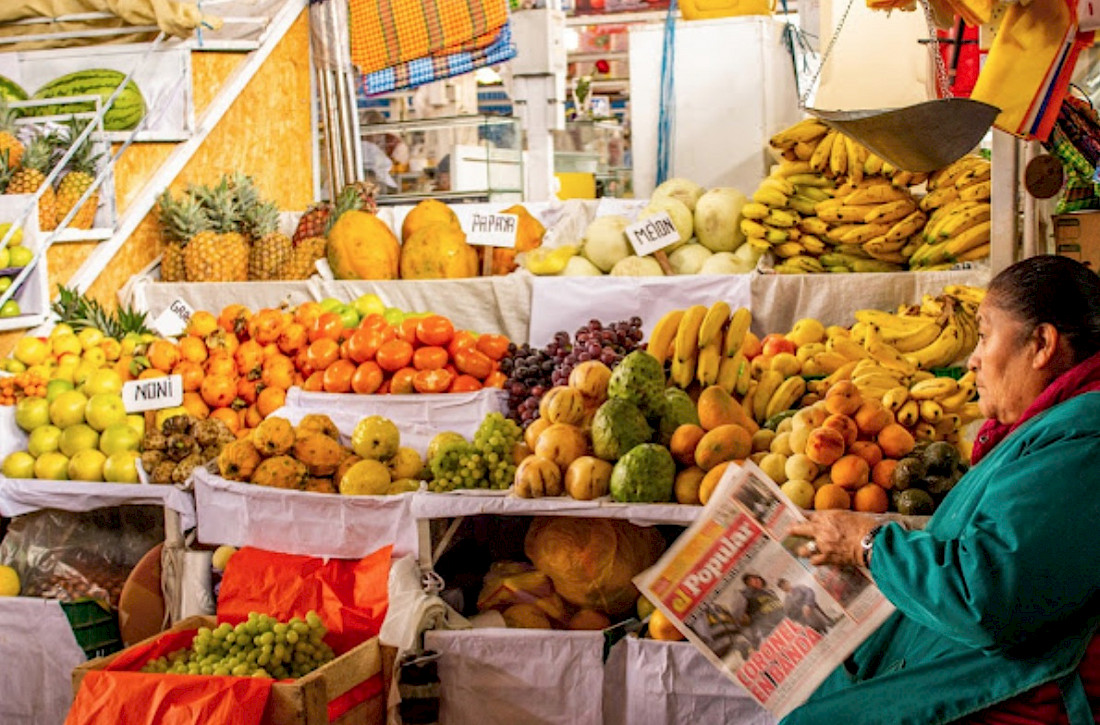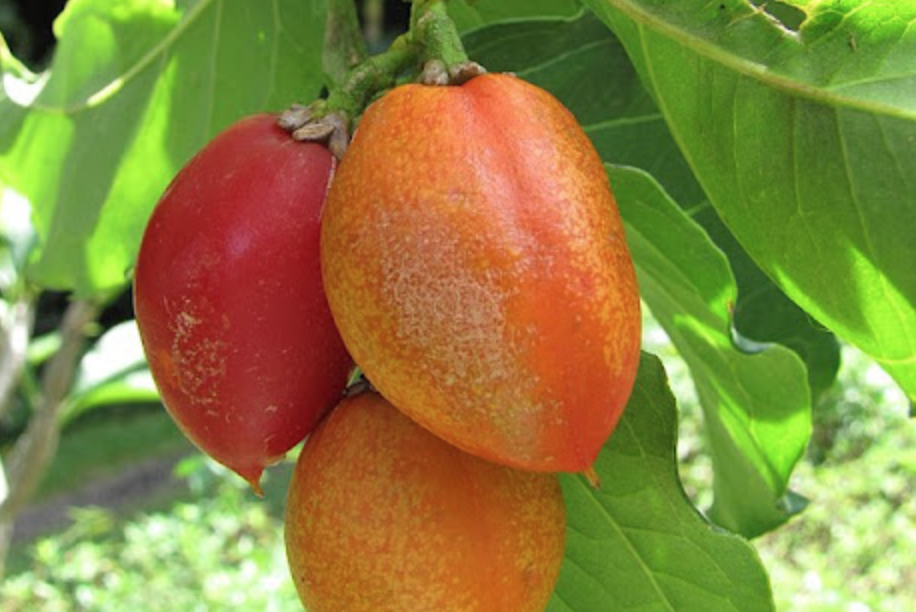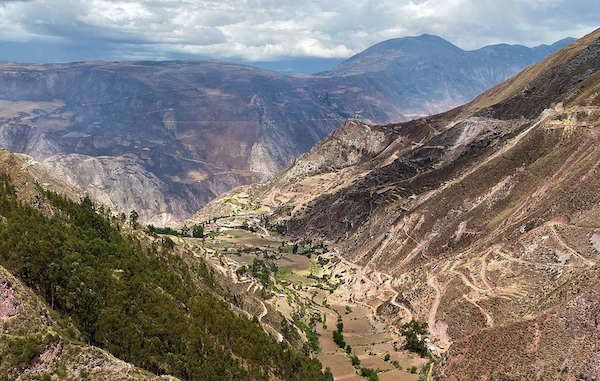What Is The Peanut Butter Fruit - Bunchosia Glandulifera?
On the Hunt for Peru’s Exotic Peanut Butter Fruit
Peru has been on my bucket list for so many reasons. It is a destination of contrasts from the Incan Ruins of Machu Picchu and the exotic Amazon Jungle to the Nazca lines etched on its coastal deserts; the Colla burial chullpas near Lake Titicaca, and the vibrant modern city of Lima. To me, Peru is a destination like no other.

The heritage of the sun-worshipping Incas has fascinated visitors and archeologists for thousands of years. Ancient cultures have always fascinated me and Peru ranks among the world’s greatest centers of ancient civilizations making it particularly alluring. Another one of my fascinations has to do with food. I recently discovered an interesting fruit that grows high in the Andes Mountains of Peru and Ecuador known as the Peanut Butter Fruit. I began to wonder if this fruit really tastes like peanut butter or if this is just a fantasy. To find out, I have decided that my next small group tour will be to Peru with Tours of Distinction and that I will be on the lookout for a taste of this exotic tropical fruit. Sounds like fun doesn’t it!

Botanically, Peanut Butter fruit is known as Bunchosia argentea and grows in colorful orange clusters on a small tropical tree. When the fruit turns red it is ready to eat. The fruit has the distinct smell of peanut butter when it is ripe and is similar in shape to a grape tomato or large olive. The pulp is thick and creamy with a distinct peanut butter flavor that is said to get stronger as you eat more of the fruit. In addition to its unusual nutty taste, it has a hint of sweetness and once opened a pleasant smell reminiscent of fig jam… maybe this fruit should be called the peanut butter and jelly fruit! This makes me even more determined to try it!
The fruit is mostly eaten fresh but is also used to make jellies, jams, and preserves. Sometimes this fruit is combined with milk and made into a milkshake or added to cakes and pastries. To eat peanut butter fruit fresh you just pop the whole fruit into your mouth - there is no need to peel it, but watch out for the center seed, that you will want to spit out!
The peanut butter fruit tree has made its way to Hawaii, however, it is not widely cultivated because it doesn’t have any commercial value due to its short shelf life. It is often planted in private and public gardens in Hawaii and is prized for its vibrant yellow flowers and orange fruit that bloom simultaneously. Peanut Butter fruit is related to acerola cherries and attracts a number of tropical birds making it a popular addition to gardens for bird lovers here.

Peanut Butter fruit has several blooming cycles from March through October, with the fruit available from the summer through the fall. I plan to look for it in local markets keeping in mind that once picked, it has a relatively short shelf life. Because Peanut Butter fruit is rarely cultivated outside of South America, I think that it is worth searching out. I know I will be on the lookout for it will you?

